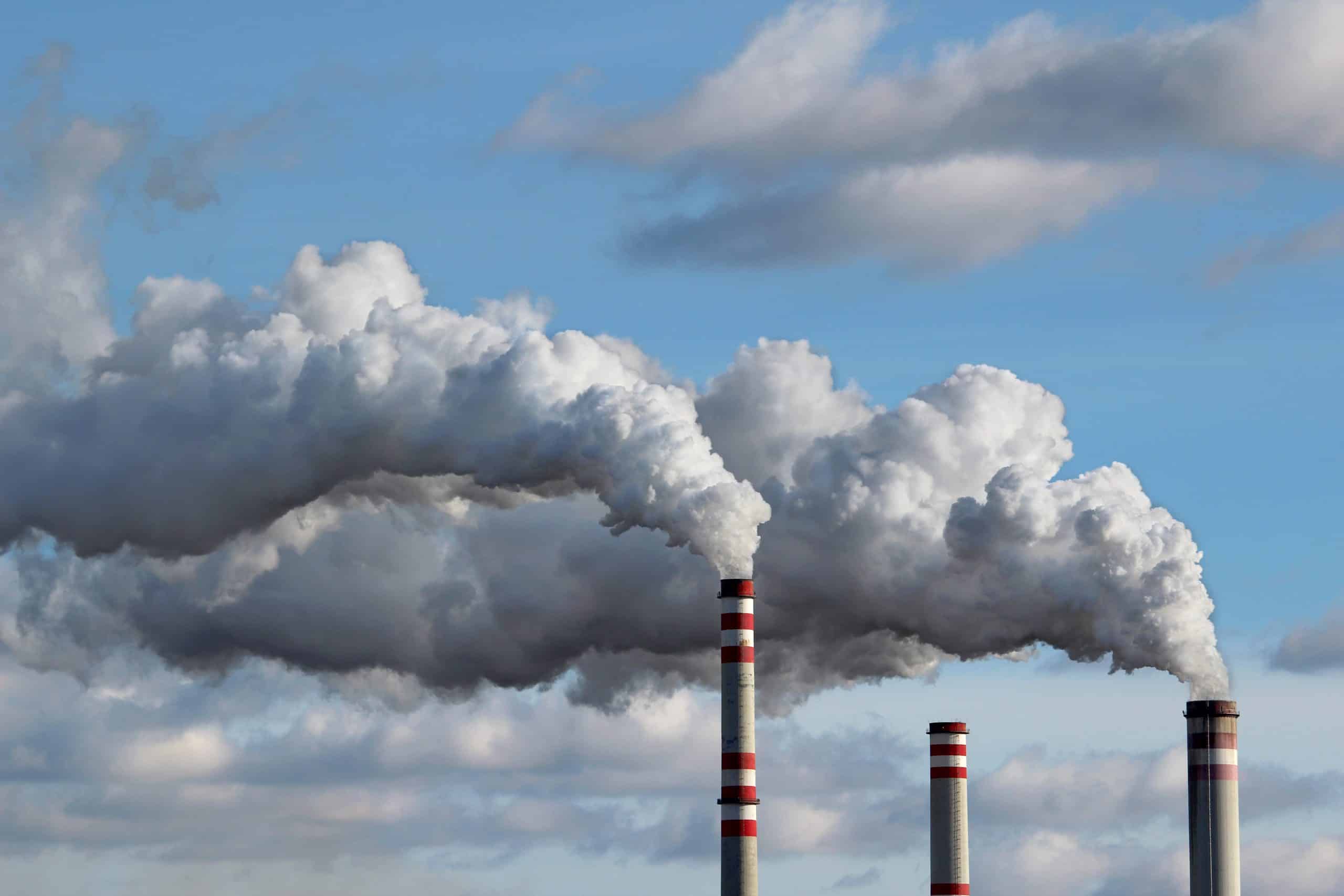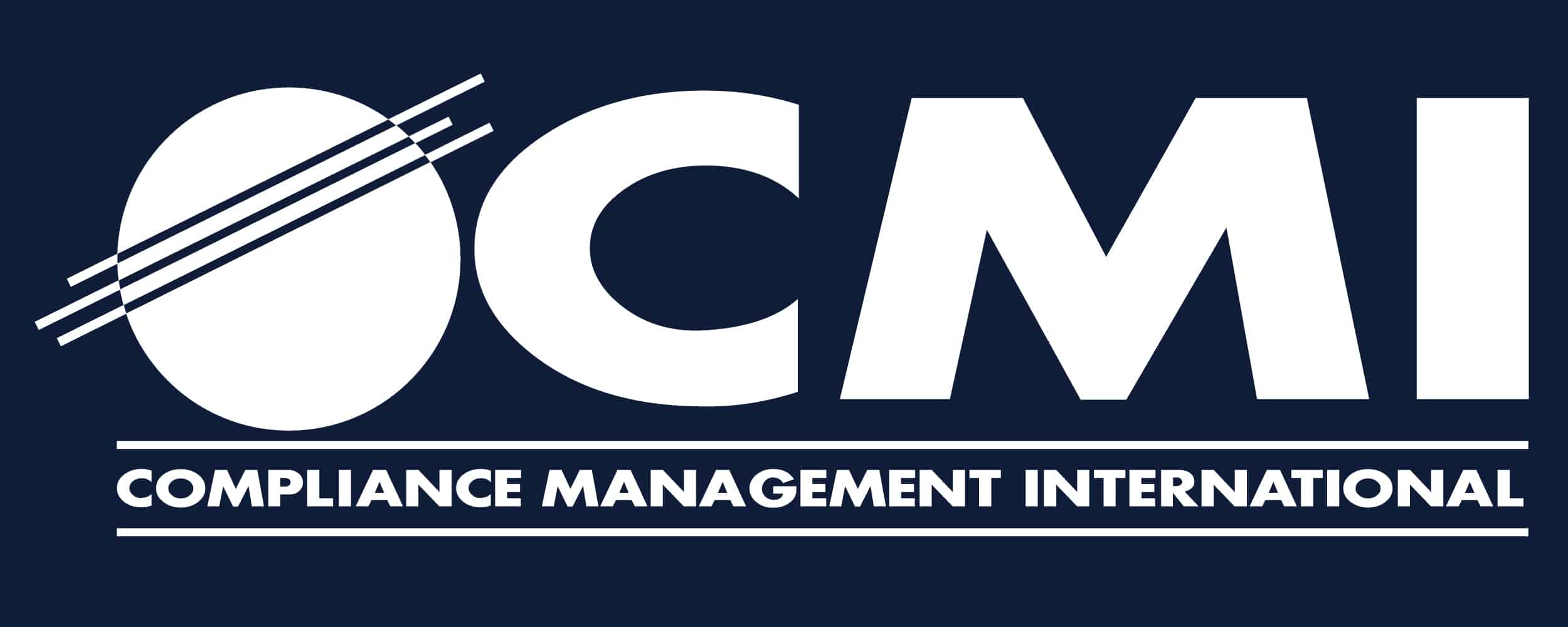
The USEPA has added 1-bromopropane (1-BP – CAS# 106-94-5), also known as n-propyl bromide (nPB) to the Hazardous Air Pollutants (HAPs) list, at the end of December 2021. The rule became final on February 4, 2022. This is the first time the USEPA has added a chemical to the HAP list since issuing the original list in 1990. It has removed several chemicals since then, starting in 1991 with the removal of hydrogen sulfide. Other HAPs removed since then include Caprolactam, Surfactant Alcohol Ethoxylates and their derivatives, Ethylene Glycol Monobutyl Ether (EGBE or 2-Butoxyethanol), and Methyl Ethyl Ketone.
1-BP is a solvent used in electronics and metal cleaning, surface coatings, dry cleaning, adhesives, and as an intermediate chemical in manufacturing pharmaceuticals and agricultural products. This was added after an evaluation and petitions from the Halogenated Solvents Industry Alliance (HSIA) and New York State Department of Environmental Conservation (NYSDEC). Adding 1-BP takes the number of HAPs back up to 188.
Now the fun part. What does this mean? Facilities that use 1-BP will need to re-evaluate many possible applicable requirements.
- Does the quantity used make your site a major source of HAPs and subject to a National Emission Standards for Hazardous Air Pollutants (NESHAP).
- Does this mean you add a control device?
- As a major source, will you need to apply for a Title V Permit?
- Do you need to contact your state to evaluate air toxic off-site impacts? (Note: Select states, such as Texas, already regulates 1-BP as an air toxic.)
If you have not done so already, it is critical that you do an evaluation to determine the impact of this new ruling. Doing a complete evaluation may include reviewing Safety Data Sheets (SDS) for the Toxic Release Inventory. CMI’s air quality experts can help you evaluate your materials and determine the impact of this regulatory change. We assist hundreds of facilities annually to complete this critical process and report. Please get in touch with Kristian Witt to discuss your situation.
